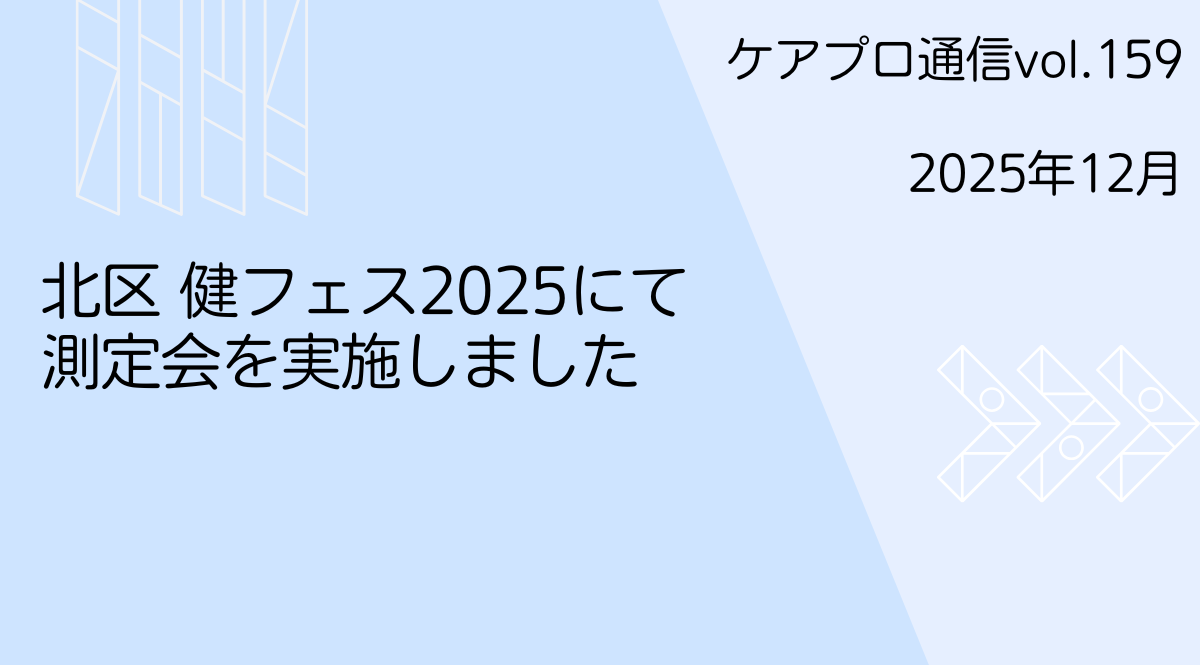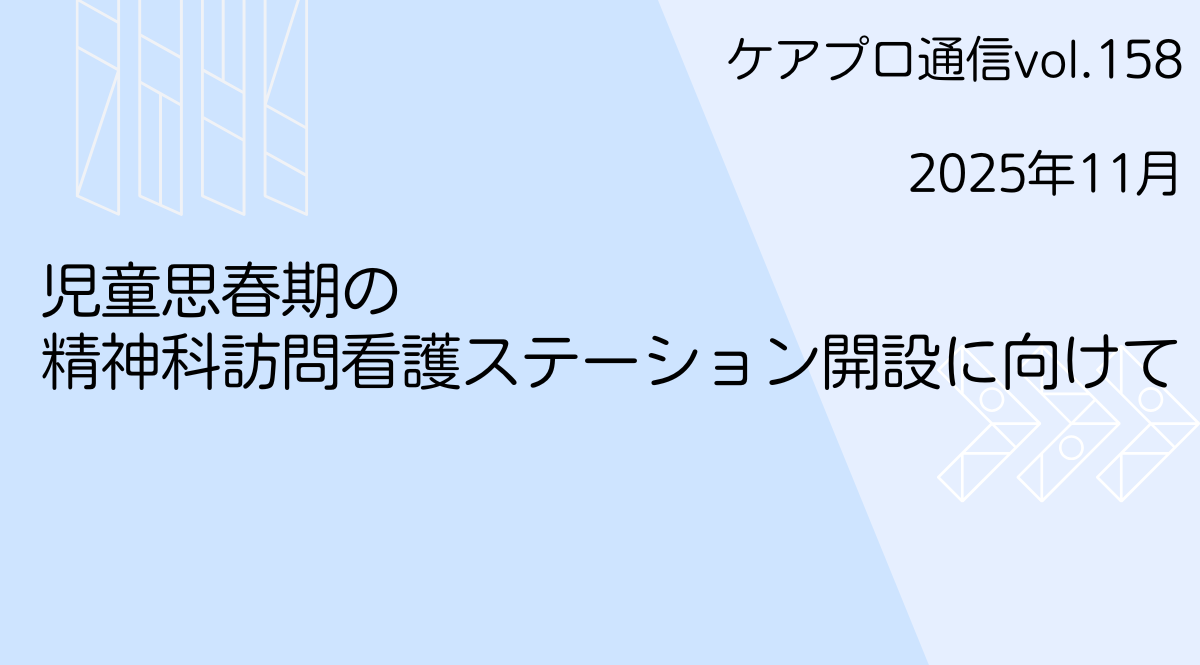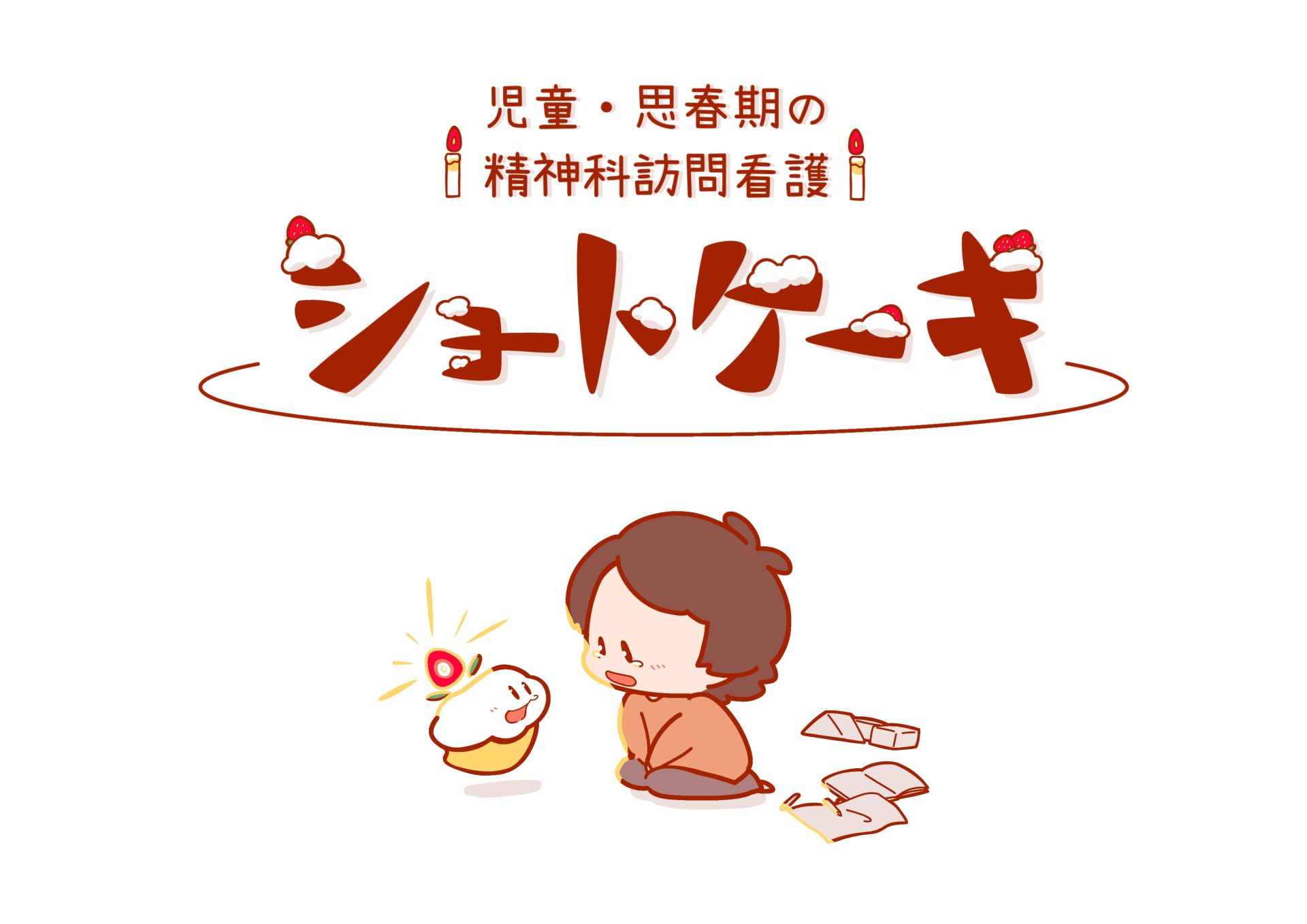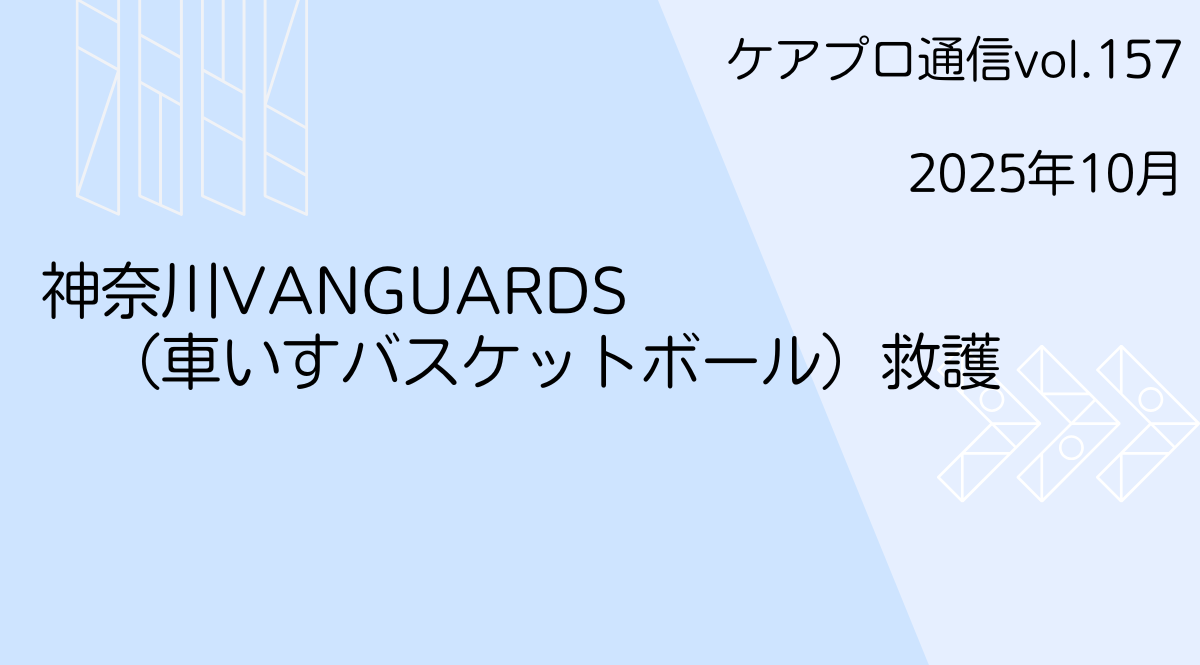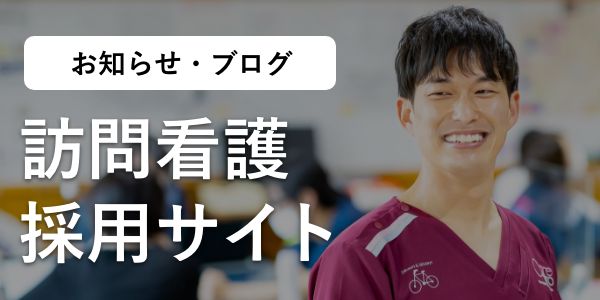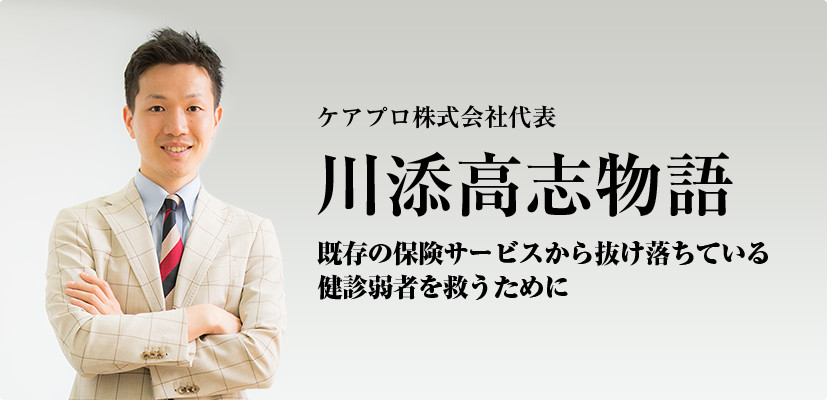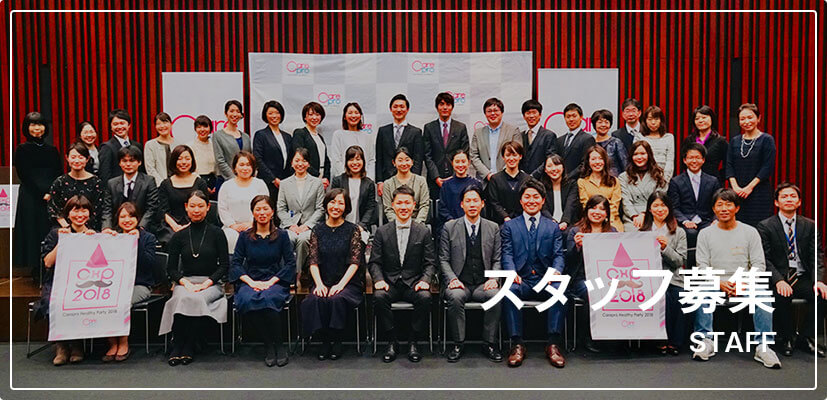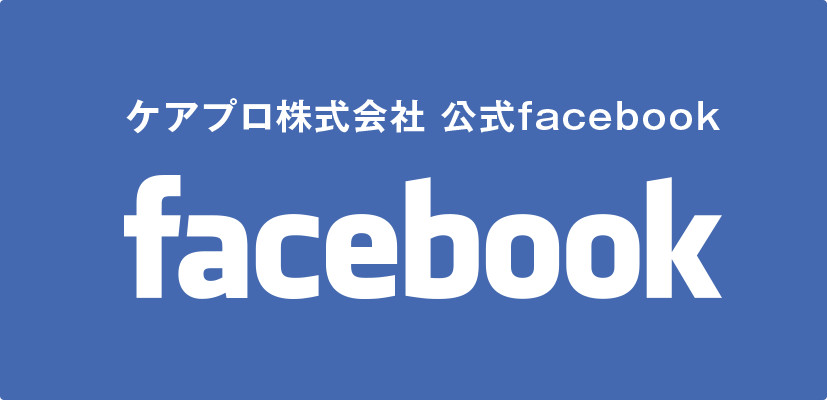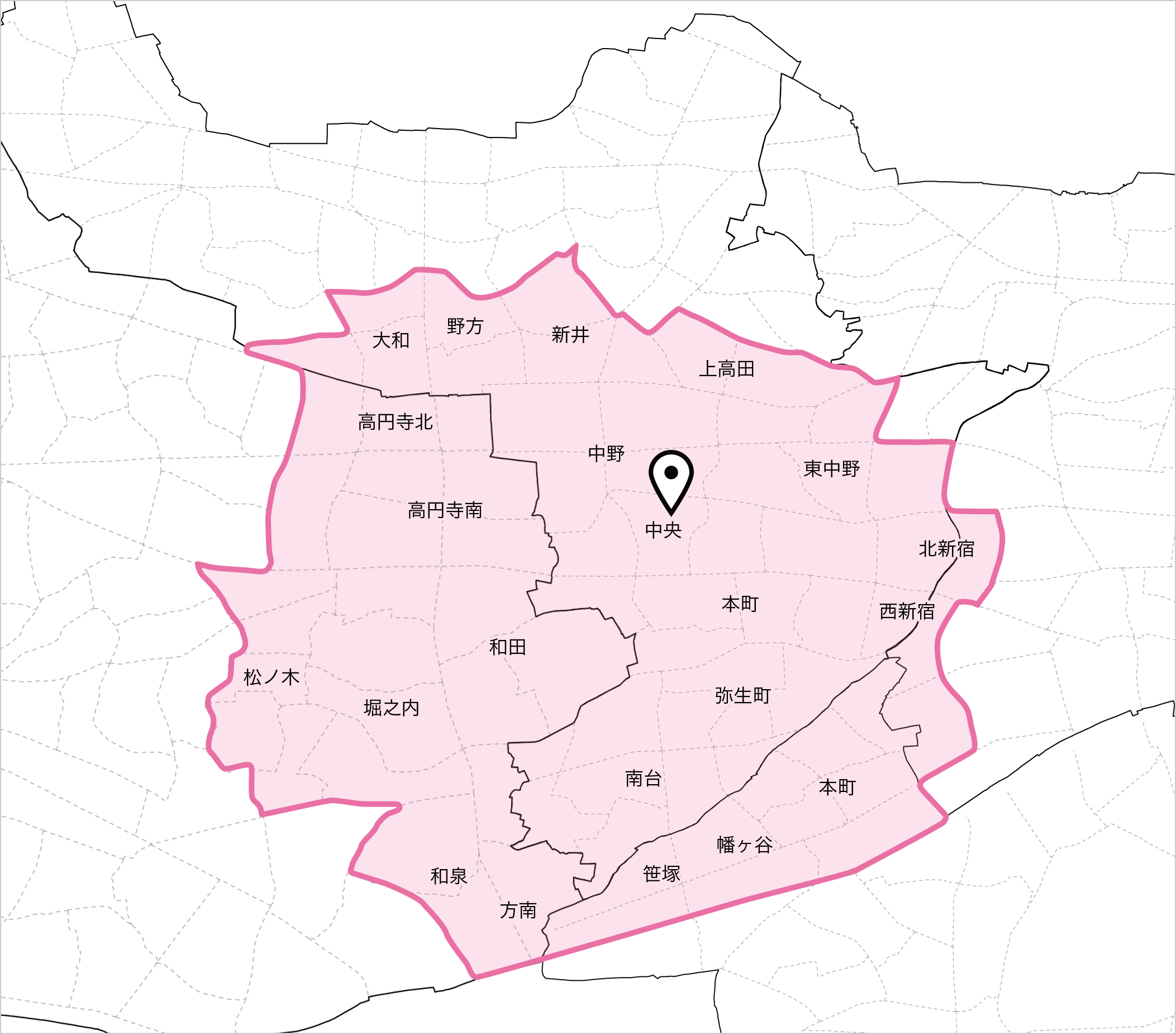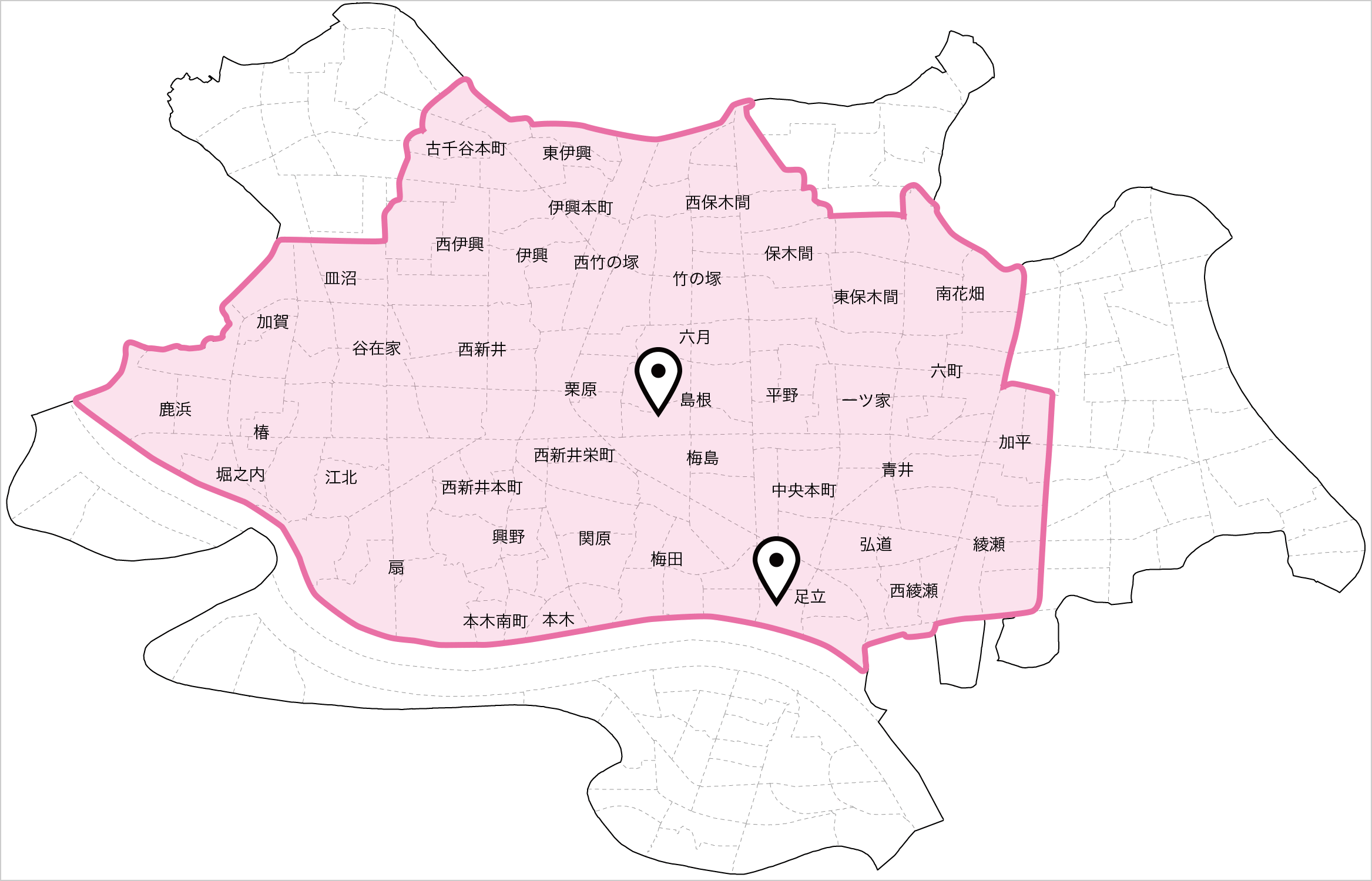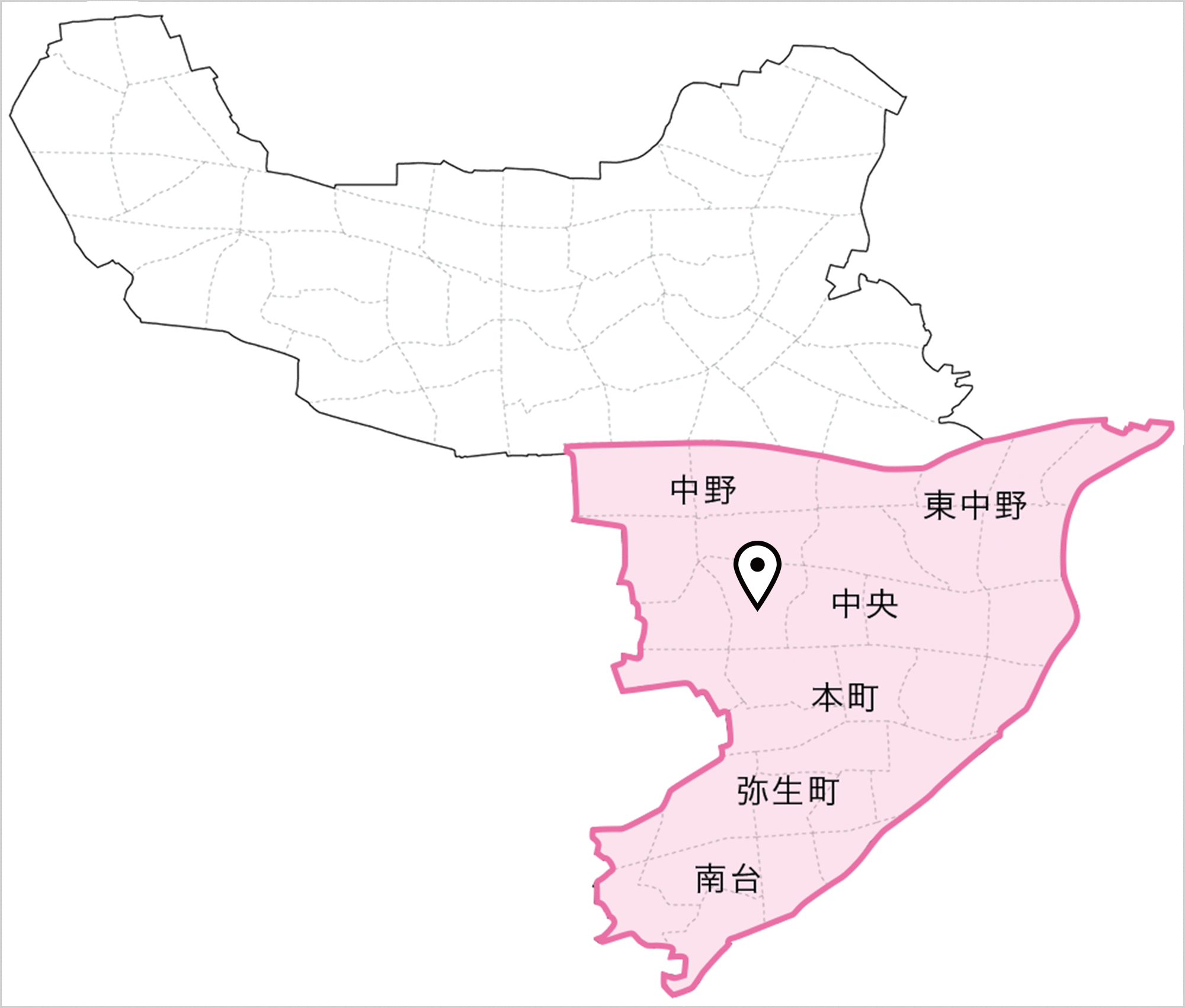日本のパチンコ店における健康チェックの取組み
についての論文(東大の近藤尚己先生らによる)が、
英国圏のジャーナルに掲載されました。
国内外の取組みをニュースや論文で知り、
参考にすることは多々あります。
こちらも、世の中に役立つニュースや論文を出していけたらと思います。
とはいえ、論文はアカデミアの方々にご協力いただきながら、
餅屋餅屋ですね。
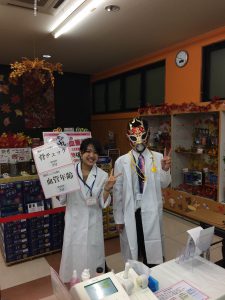
論文の詳細は、下記のリンクより。
http://jech.bmj.com/cgi/rapidpdf/jech-2017-209943?ijkey=2qcdPcY5FuwZYO3&keytype=ref
Affective stimuli in behavioural interventions soliciting for health check-up services and the service users’ socioeconomic statuses: a study at Japanese pachinko parlours
Journal of Epidemiology and Community Health
Abstract
Background
Socioeconomically vulnerable people are likely to have more health risks because of inadequate behaviour choices related to chronic social stresses. Brain science suggests that stress causes cognitively biased automatic decision making, preferring instant stress relief and pleasure (eg, smoking, alcohol use and drug abuse) as opposed to reflectively seeking health-maintenance services (eg, health check-ups). As such, hedonic stimuli that nudge people towards preventive actions could reduce health behaviour disparities. The purpose of this intervention study was to test this hypothesis.
Methods
An instant health check-up service company had 320 health check-up sessions at pachinko (Japanese gambling) parlours; 1721 persons in intervention sessions and 6507 persons in control sessions received the service. The stimuli the company used in the intervention sessions were young women wearing mildly erotic nurse costumes, who solicited the pachinko players for health check-up services. We compared the prevalence of socioeconomically vulnerable individuals between the intervention and control sessions, adjusting for individual-level and parlour-level potential confounders.
Results
Even adjusting for health risks and withinparlour clustering, the intervention sessions gathered more socioeconomically vulnerable customers than the regular sessions. Compared with control sessions, in intervention sessions the adjusted prevalence ratios were 1.15 (95% CI 0.99 to 1.35) for not having a job (vs having a job) and 1.36 (95% CI 1.00 to 1.86) for holders of National Health Insurance (which includes more socially vulnerable people than other insurance programmes). Conclusion The results supported our hypothesis. Offering health check-up opportunities equipped with ’tricks’ that nudge people to act might be effective for anyone but is potentially more valuable for socially vulnerable people. Ethical discussions are needed to further consider the use of erotic stimuli

ブログ


